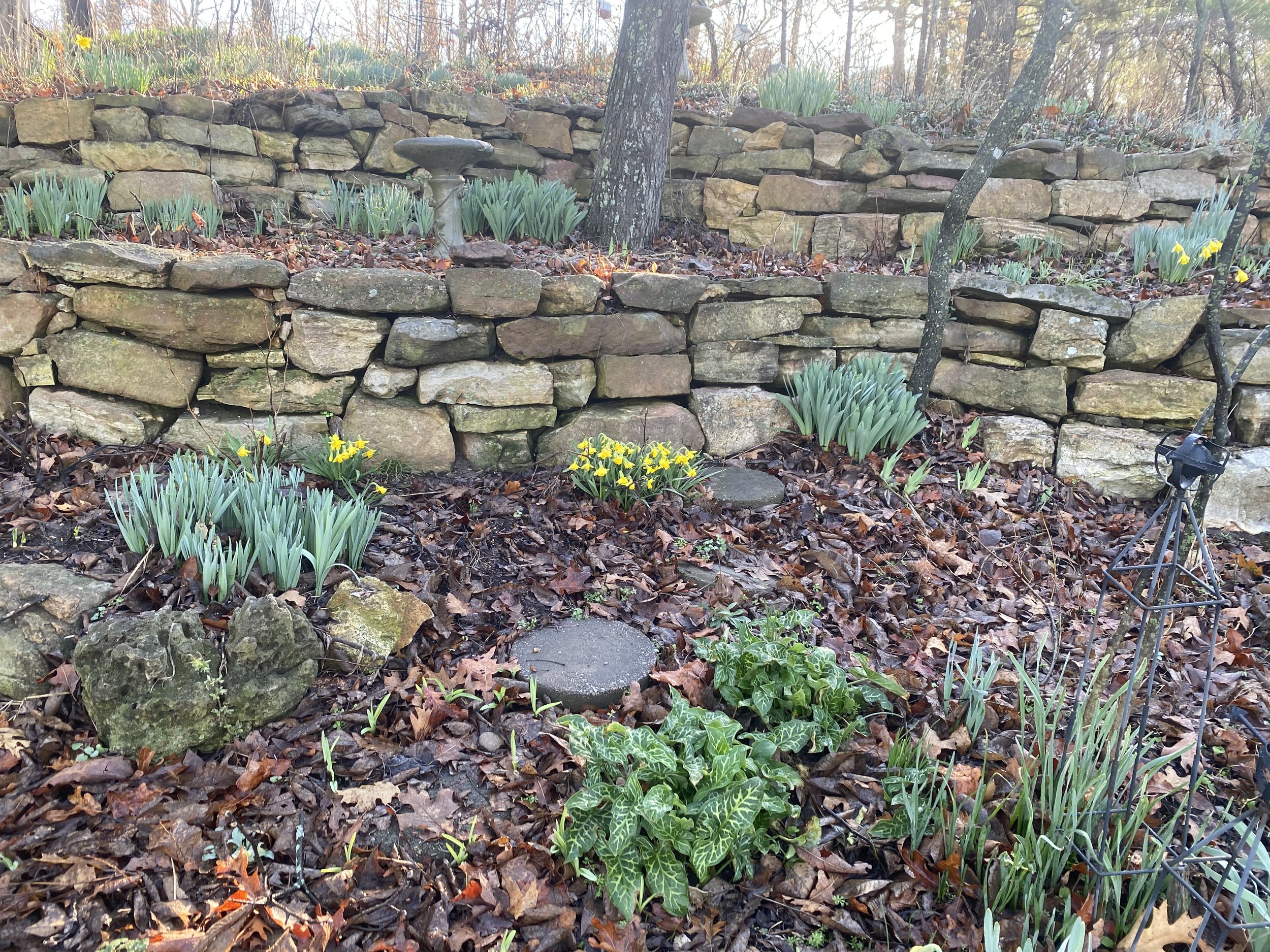Where to Plant Daffodils
/daffodils work well on the back of a flower border. (charlotte ekker wiggins photo)
Where to Plant Daffodils
As you enjoy spring daffodil blooms, this is also a good time to scope out where you want to add more this fall.
Daffodils grow from bulbs that collect sunshine through their leaves after they bloom. They are easy to grow and, in good growing conditions, will spread and return from year to year.
Front or Back
Small daffodils such as Tete A Tete (in photo) will easily incorporate themselves at the front of a flower bed.
Larger taller varieties such as King Alfred will do better towards the back of an area with other plants. The larger the bulb, the deeper they should be planted, usually 4-6 inches.
Once the daffodils stop blooming, their greenery should remain so they can collect sunlight for the next blooming season. Their stems will turn to yellow and can be composted but they don’t look the best. Having other plants around will help cover the dying greenery.
Sun or Shade
Daffodils do well in both sun or shade. Since my trees don’t leaf out until later I don’t worry about bulbs getting too much shade. They access a good amount of sun to replenish their bulbs for next year.
Pots or Ground
You can also plant daffodils in pots and later move them to your garden. I prefer to plant once so I tend to get them in the ground and call it good.
Surprise!
There are “rules” and then there are times to break the rules. I like to add whimsy to my garden so planting daffodils in unexpected places is an easy way to add fun.
Scope out an unexpected garden spot now and mark it so you can find it later this fall. Then shop for an interesting daffodil variety to add to that spot. You will thank me next spring!













